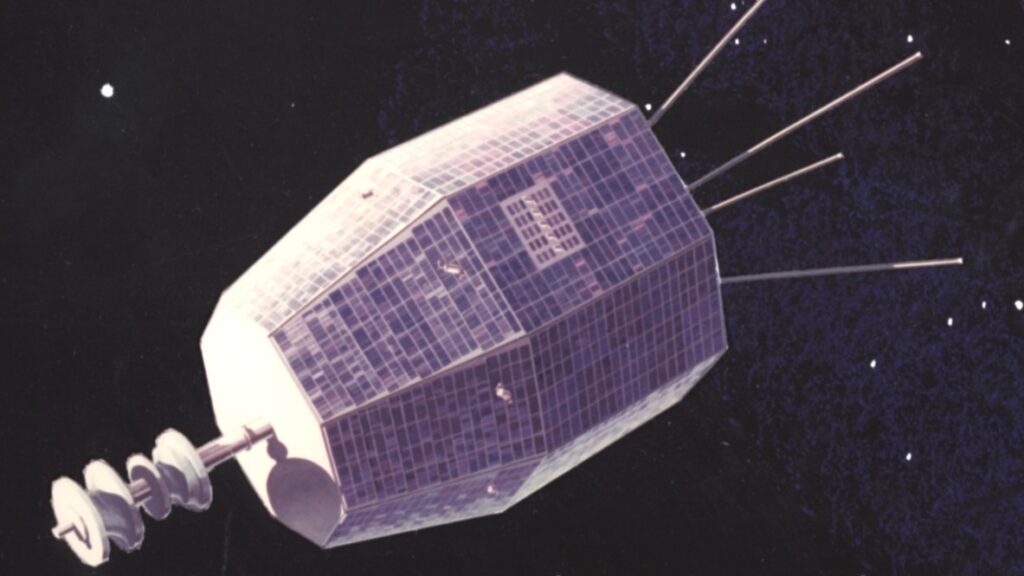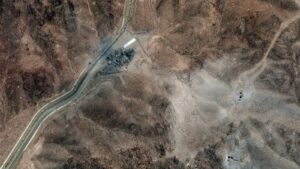
PERTH, AUSTRALIA – In a surprising turn of events, a NASA satellite that has been dormant for nearly six decades has emitted a powerful burst of radio waves, capturing the attention of astronomers worldwide. This unexpected signal, originating from within our galaxy, was detected by researchers in June 2024.
Immediate Impact of the Signal
The satellite, known as Relay 2, was launched in 1964 but ceased operations just three years later due to the failure of its onboard transponders. However, the recent radio pulse has reignited interest in the long-defunct satellite. According to a preprint study posted on arXiv, the signal was detected by the Australian Square Kilometer Array Pathfinder (ASKAP), a radio telescope in Western Australia.
“This was an incredibly powerful radio pulse that vastly outshone everything else in the sky for a very short amount of time,” said Clancy James, the study’s lead author and an associate professor at Curtin University’s Institute of Radio Astronomy.
Key Details Emerge
The radio pulse, lasting just 30 nanoseconds, does not match any known systems on the satellite, ruling out the possibility of a deliberate transmission. Instead, researchers speculate that a micrometeorite impact or an electrostatic discharge might have triggered the burst.
ASKAP’s inability to focus on the signal, due to its proximity, further adds to the mystery. Radio bursts typically originate from distant galaxies, not from within the Milky Way.
Expert Analysis and Theories
James and his team suggest two potential scenarios for the pulse’s origin. The first involves a micrometeorite impact that could create a plasma cloud, increasing space environment conductivity or generating an electric field on the spacecraft’s surface.
The second, more likely scenario, involves an electrostatic discharge (ESD), which occurs when electricity flows between two surfaces with different charges. Given Relay 2’s early construction materials, it may have been prone to such events.
“As a very early spacecraft, Relay 2 may have been constructed from materials capable of holding greater charge and hence producing stronger ESD events,” the researchers noted.
Background Context
Launched during the early years of space exploration, Relay 2 was part of NASA’s efforts to establish satellite communication. Its unexpected reactivation raises questions about the longevity and potential reactivation of other dormant satellites.
The timing is particularly significant as it coincides with increasing interest in satellite servicing and debris management.
Industry Response
Karen Aplin, a professor of space science and technology at the University of Bristol, who was not involved in the study, emphasized the importance of this discovery for future research. “In a world where there is a lot of space debris and more small, low-cost satellites with limited protection from electrostatic discharges, this radio detection may ultimately offer a new technique to evaluate electrostatic discharges in space,” she stated.
What Comes Next
While the exact cause of the radio pulse remains uncertain, the event serves as a launchpad for future investigations into electrostatic discharges in space. Researchers are keen to explore these phenomena further, potentially leading to better understanding and management of satellite operations and space debris.
The discovery of the radio pulse from Relay 2 underscores the unpredictable nature of space exploration and the potential for long-dormant technology to surprise and intrigue scientists.






